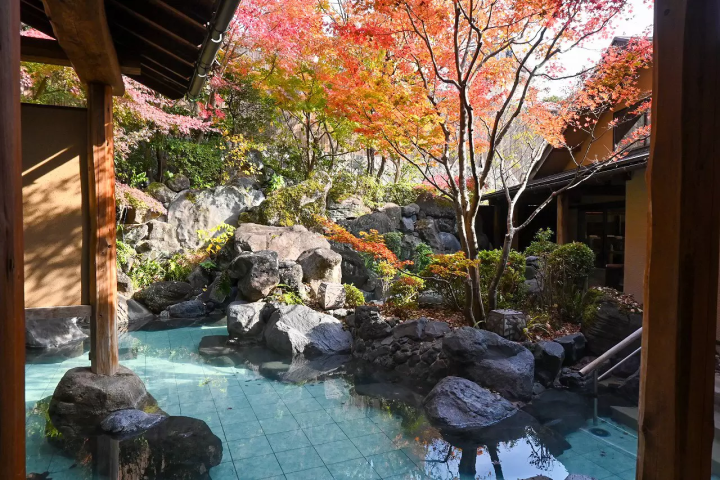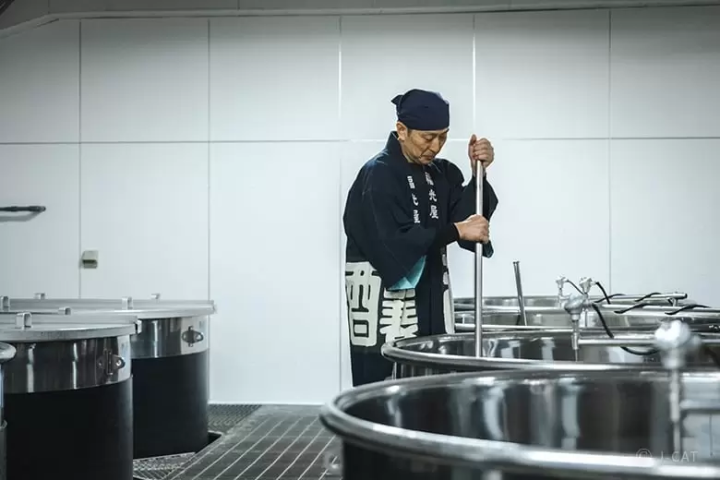5 Must-see Temples Around Japan

Did you know that there are more temples than there are convenience stores in Japan? There are roughly 77,000 temples nation-wide. In this article, we will introduce 5 particularly popular temples among them.
1. Hōryuji Temple 法隆寺 (Nara)
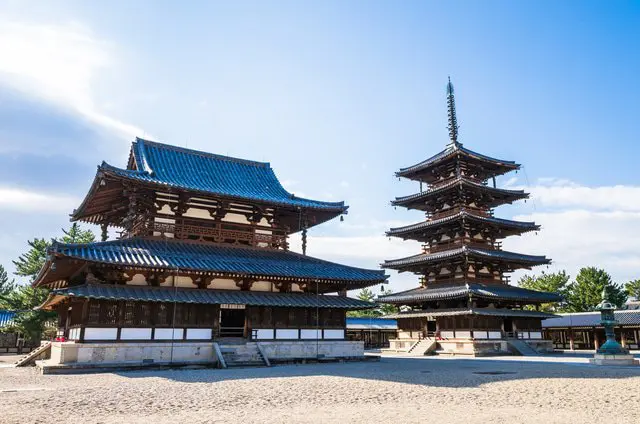
photo by pixta
Built in 607, Nara prefecture's Hōryuji Temple is the world's oldest wooden temple. In 1993, it was the first place in Japan to be added to the UNESCO World Heritage List. Several of the statues and buildings here have been selected as national treasures, and you can feel the temple's long history upon entering the grounds.
Hōryuji Temple is known for housing countless Buddhist statues. The Kuse Kanon Statue is usually not available to the public, but every spring (4/11 - 5/18) and autumn (10/22 - 11/23) it is temporarily opened. Why not have a look when the season comes?
They also offer English free guides at the tourist office, "Horyuji Temple i Center". If you would like to deepen your experience at Hōryuji, we recommend you reserve one. For details, check their official website.
Address: Nara-ken, Ikoma-gun, Ikaruga-chō, Hōryuji Temple Sannai 1-1
Phone Number: +81-7-4575-2555
Official Website: Hōryuji Temple
2. Sensōji Temple 浅草寺 (Tokyo)
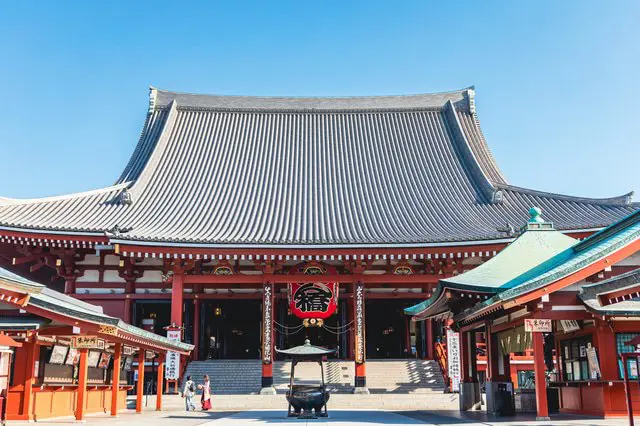
photo by pixta
Sensōji Temple was built in 628, and is the oldest temple in Tokyo. Despite its proximity to the city center, it offers a taste of the atmosphere of Edo (as Tokyo was known in the age when the warrior class was ruling the country, 1603-1868), and is popular among both Japanese and foreign visitors. Treat yourself to an Edo-style jinrikisha ride on the streets around Sensōji!
Every season Hōzuki Ichi ほおずき市 ("Hōzuki Market"*) and Hagoita Ichi 羽子板市 ("Battledore Market") are yearly fairs that carry out countless events, so if you find yourself in the area we recommend that you check out the event information.
*Hōzuki (ほおずき or 鬼灯) is the Japanese name for ground cherry, also known as the Chinese lantern plant.
The entrance to Sensōji Temple, the Fūraijinmon gate 風雷神門 (also known as Kaminarimon gate 雷門), is a popular place to take pictures, and is always crowded with people. Lining the path from the gate to the main hall, you will find dozens of small shops featuring an astounding variety of crafts and souvenirs, from tradtiional ukiyo-e and wood carvings to contemporary Japanese toys and pop culture items. Among the food items also on offer here is the famous agemanjū, which is a manjū that has been deep fried.
Also check:
Guide to get the most out of Sensoji Temple
8 Souvenirs From Asakusa’s Nakamise-Dori
Address: Tokyo-to, Taitō-ku, Sensōji 2-3-1
Phone Number: +81-3-3842-0181
Official Website: Sensōji Temple
3. Rokuonji Temple 鹿苑寺 (Kyoto)
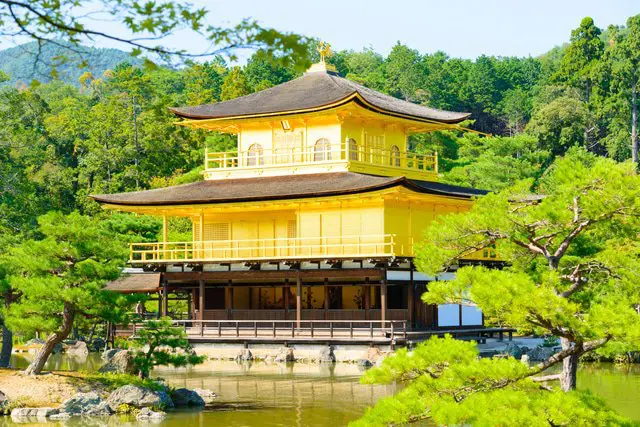
photo by pixta
This temple was built in 1397, in Kyoto. Also known as Kinkakuji Temple 金閣寺, it was built in the image of gokurakujōdo 極楽浄土 (heaven).
The gold coloration is made by lacquering actual sheets of gold to the building.
It also has a pond known as Kyōko-chi 鏡湖池, which beautifully reflects the image of the Kinkakuji Temple. This feature makes for a world-class photo opportunity, so Kinkakuji should be on your Instagram bucket list.
Around the pond is a garden that stretches over 92,400 square meters. It is a great place to enjoy a stroll. The impression one receives from Rokuonji Temple changes a lot depending on the season. This is especially true in the fall, with the coloration of the foliage, and in the winter, when everything is white.
Address: Kyoto-shi, Kita-ku, Kinkakuji-chō 1
Phone Number: +81-7-5461-0013
Official Website: Rokuonji Temple (Japanese)
4. Tōdaiji Temple 東大寺 (Nara)

photo by pixta
This temple is home to Nara's great Buddha statue, the Rashana Buddha (Daibutsu 大仏). The statue looms over onlookers at a height of 14.98 meters. It was built over 9 years starting in 743, and is said that it took the work of 2,600,000 people in total to construct.
The great hall where the Great Buddha statue is kept is the the largest wooden structure in Japan. There is a place inside where one of the pillars has a hole in it, which is known as "the great Buddha's nostril". They say that if you pass through it you will achieve happiness, but it is very small, so don't expect an easy path to enlightenment.
Also nearby is the Tōdaiji Temple Museum, where you can see several national treasures and important cultural properties. If you ever visit the temple, we recommend you have a look.
See also: Todaiji: Pass The Time At Nara’s Great Buddha Hall
Address: Nara-ken, Nara-shi, Zoushicho 406-1
Phone Number: +81-7-4222-5511
Official Website: Tōdaiji Temple
5. Chūsonji Temple 中尊寺 (Iwate)
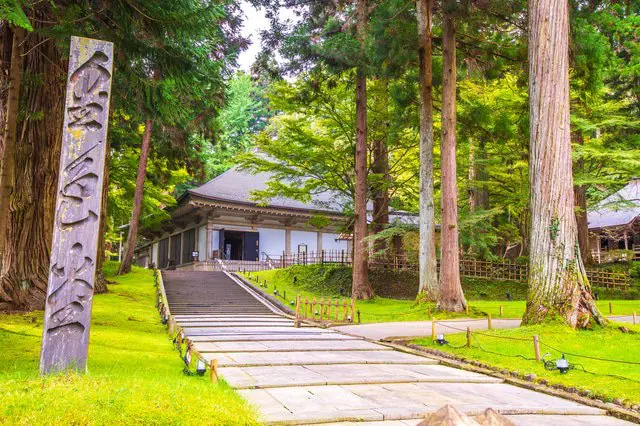
photo by pixta
Chūsonji Temple in Iwate is where you'll find the world cultural heritage artifact, Chūsonji Konjiki-dō 中尊寺金色堂 ("The Golden Pavilion of Chūsonji"). Konjiki-dō is another structure that is gilded. It is filled with national treasures and cultural artifacts, and with nearly 3000 items it is often called the mausoleum of art.
Chūsonji Temple is surrounded by nature, and is a great place to see the foliage in autumn. Next door is the Yumeyakata - Historical Tale of Ōshū-Fujiwara Clan, a great place to check out if you have an interest in Japanese history.
To get to Hiraizumi, which is where you'll find Chūsonji Temple, it takes 2 and a half hours on the Tōhoku Shinkansen from Tokyo.
Address: Iwate-ken, Nishi-Iwai-gun, Hiraizumi-chō, Hiraizumi Koromonoseki 202
Phone Number: +81-1-9146-2211
Official Website: Chūsonji Temple
Information
5 Must-Visit Temples All Over Japan
大学4年生。大学ではよさこいサークルに所属し、北は北海道から南は高知まで全国各地のお祭りに参加。アニメとアイドルとゲームとスタバが好き。多趣味です。
































![[Coupons available] We're open even during the New Year holidays! We'll bring you information on our New Year's sale!](https://resources.matcha-jp.com/resize/720x2000/2025/12/26-254137.webp)
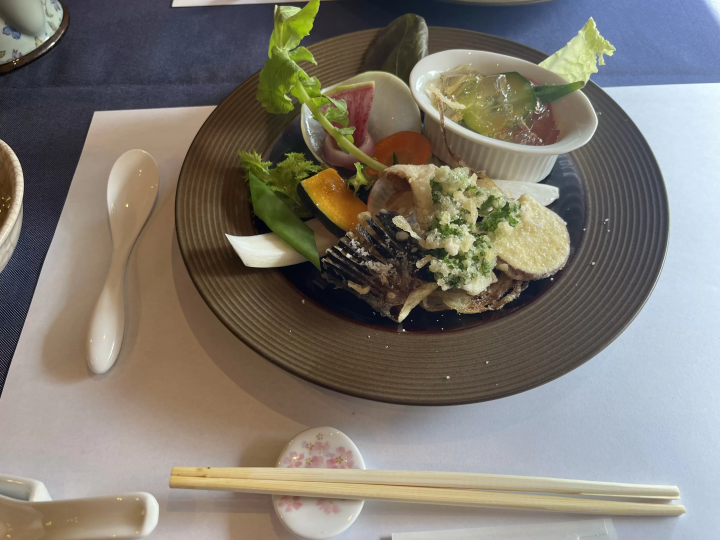
![[For beginners and debutants] Special feature on recommended ski resorts and ski tours!](https://resources.matcha-jp.com/resize/720x2000/2025/12/26-254120.webp)
